The Muong people in Thanh Hoa reside in a large space, stretching from the mountainous - semi-mountainous areas to the plains and are concentrated in the districts of Ngoc Lac, Cam Thuy, Thach Thanh, Ba Thuoc, Lang Chanh and are also scattered and interspersed in 26 communes in the districts of Tho Xuan, Yen Dinh, Vinh Loc, Ha Trung, Trieu Son, and Nghi Son town.
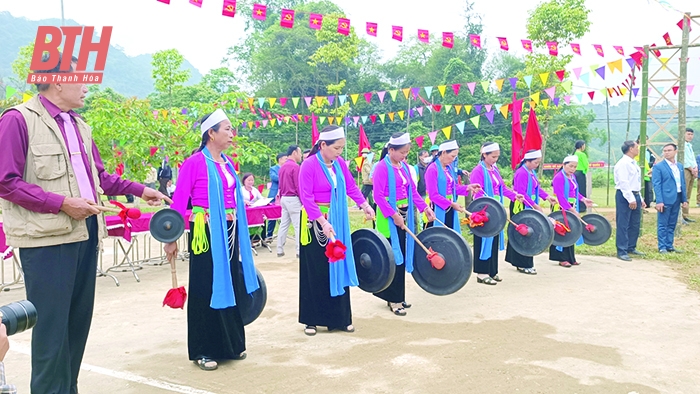
Through the process of formation and development, generations of Muong people have both worked and produced and created spiritual and cultural products to serve life. Among those spiritual and cultural values, folk songs in general and lullabies of the Muong people in particular are one of the important elements with many valuable songs and melodies. The contents of lullabies contain the quintessence of ethnic culture, are the place to preserve the national soul, the relationship between people and nature, society and deeply express, strong, meaningful, especially the relationship, the close affection between people in life.
Muong lullabies are popular among the people and have become a popular singing style, subtly and deeply reflecting all the emotional levels in the daily life of the Muong people, especially for children... Each lullaby has profound content, high educational meaning, and is vivid in its form of expression.
This is one of the folk song genres composed and transmitted by the people, bearing its own cultural nuances, performed in the Muong language and used by the people, to meet the needs of life and spiritual and cultural activities of the masses. Muong lullabies when performed are rarely accompanied by musical instruments. Usually, while singing lullabies, the lyrics are associated with the creaking sound of hammocks, the rustling leaves of trees in the garden, or the sound of the rattling of the bed...
From the moment they cry at birth, the child's soul has been awakened and enriched by their grandmothers, brothers and sisters with lullabies so that the baby eats well, sleeps well and grows up quickly. When they reach the age of "seven, three" they go out with their brothers and sisters and know how to dance and sing nursery rhymes; when they grow up they know how to follow the magicians to sing New Year's greetings, housewarming songs...; when they reach adulthood they sing love songs, sing vi songs..., young men and women all know how to sing love songs.
As one of the folk song genres, Muong lullabies have two components: music and lyrics. The melodies of Muong lullabies are often soft, sweet and profound. The content of the lullabies depicts vivid images and events, tells a good story, so that listeners, especially children, can immerse themselves in the lingering melody, leading them to sleep.
A Muong lullaby usually has three parts: Opening - Continuing - Closing. In which, the continuing part is the lyrics of the melody. The lyrics of a lullaby usually use six-eight verse, or sometimes a variation of six-eight - a folk verse form, easy to create, easy to remember. In terms of rhythm, Muong lullabies are in the form of a double beat, gentle, steady, gentle, suitable for the rhythm of a cradle, suitable for the psychology, easy to put children to sleep.
Muong lullabies include both lyrics and accompaniment and repetition. Accompaniment, repetition and refrain are the main components of Muong lullabies. In each lullaby, the accompaniment and repetition often appear at the beginning and end of the lullaby. The accompaniment are the characteristic sounds of the lullaby, repeated many times. The beginning and end of the lullaby are repeated, the beginning is usually: Ru ru la rây, tay ti cho lo lo. Or: Lễ lễ leu Làng Làng; lễ lễ lễ leu Làng Lộc, cố troốc con ũn tay ti...; Chóng lễ leu Làng Làng; Rú ru la rây rây, Rú ru điây, Ru ru la ru, À í ơi à í ội... The end of the lullaby is usually: úch ò mễ ới ơi..., or: là út ới la út ới...
The melody of Muong lullabies also depends on the voice. The voice expresses the color of psychological levels, the climax and end of emotions, or many lullabies. Lullabies have many singing styles, melodies, depending on different lyrics, but they all have in common the quiet, peaceful lullaby tone.
Before singing a lullaby, the singer usually prepares in advance and then sings. Lullabies have a climax according to the child's psychology. If the child cries, the singer sings loudly to attract attention, so the climax of Muong lullabies often depends on the child's psychological situation. Each time a lullaby is sung, one or more lullabies can be sung in succession, with sounds: loud - medium - soft or vice versa, depending on the psychological state of the listener. For children, the volume of the lyrics and melody of the lullaby can start out loud, then become medium and gradually softer until the child stops crying and the lullaby continues to hum softly, gently, bringing the child into a deep sleep.
The Muong people in the mountainous areas of Thanh Hoa province practice lullabies with 3 melodies: lullabies according to ancient melodies, lullabies according to Danh Rang melodies and lullabies according to Bo Meng melodies. Lullabies according to ancient melodies are lullabies that are often used by artists, with slow melodies, repeated many times in a singing section. Ancient lullabies are often short, with many ancient words, close to the narrative and use Muong poetic stories such as Nang Om - Chang Bong Huong, Nang Nga - Hai Moi, Ut Lot - Ho Lieu... to lull. Lullabies according to Danh Rang melodies are those that the singer uses both new words and ancient words, singing and telling at the same time, with fast rhythm and melody, and with vibrato.
The lyrics of Muong lullabies often depend on the circumstances and mood of the singer and the audience. For children, lullabies are often bright, innocent, with short verses and a fast, intense rhythm. With mother's lullaby: Lullaby is sprinkle/ Go to sleep for a long time/ Let mother go somewhere to pick leaves/ Picking leaves is to cast silkworms/ Let silkworms ripen/ Let mother sew new clothes for you to go to school/ Sleep for a long time/ I have sewn a new pair of clothes... But the majority are long verses expressing the mood of the lullaby-singer with the object they are aiming at: Lullaby is sprinkle/ Go to sleep, my youngest/ So that tomorrow the dew will clear/ Mom will pack food to go to work/ Go clear the forest with me/ Go clear the fields with dad/ Go to sleep for a long time/ Tomorrow the rice will be ripe, let me pick/ Tomorrow the rice will be ripe, let me carry it.../ Go to sleep so that mother can lead the silver buffalo out to harrow/ Let mother plant a sweet potato garden in front of the door... And the words of the older sister's lullaby are often slow and melodious: The sunset is red in the distance/ I lull you to sleep waiting for your parents to come home/ I lull you to sleep/ So that I can light the fire and mother will come home to cook rice...
Muong lullabies are songs about family affection, educating children about the merits of parents, nurturing and giving birth: In the wet place, mother lies/ In the dry place, child rests... On hungry days, mother gives her rice to her child to eat/ On full days, mother gives her soup to her child to drink/ The best pieces, the most delicious pieces, are given to the child/ Child eats until full, grows up quickly...
Muong lullabies are songs about humanity, the love of nature, the love of the rich and familiar Muong village, and the deepest is still the song sung from the mother's heart, expressing the love of parents for their children, with the belief, hope and love for the child to grow up and become a good person: I wish my mother had ten hands/ One hand to catch fish, this hand to catch birds/ One hand to whittle thread and thread a needle/ One hand to work in the fields, one hand to find and pick vegetables/ One hand to hold a sick child/ One hand to wash rice, one hand to pray near and far/ One hand to weave the loom/ One hand to cook in the sun and rain/ One hand to go to the firewood and pickle vegetables/ One hand to shade the sun, dizzy at noon market/ Holding the child to sleep soundly/ Fish swimming in the river, birds flying in the sky...
Muong lullabies are a mirror reflecting the Muong people's awareness of nature and society, the history of formation and development of mankind and the Muong community, reviewing the historical traditions and fine customs of the ethnic group. This is also a form of performance of the Muong community in life, expressing profound human values, with high educational value to teach children about morality, reason, about human relations, and boundless love not only for children but also for each person and the whole community. Muong lullabies are always attached to and become a need in the spiritual life of the Muong people, contributing to building character, kindness and morality in the community. Muong lullabies contain many historical and cultural values of ethnic groups that need to be researched, collected and promoted so that noble humanistic values can be continuously spread, contributing to nurturing and forming the personality of each person in general, the young generation in particular, to develop comprehensively and reach: Truth - Goodness - Beauty.
Hoang Minh Tuong
Source



![[Photo] Overcoming all difficulties, speeding up construction progress of Hoa Binh Hydropower Plant Expansion Project](https://vstatic.vietnam.vn/vietnam/resource/IMAGE/2025/4/12/bff04b551e98484c84d74c8faa3526e0)

![[Photo] Closing of the 11th Conference of the 13th Central Committee of the Communist Party of Vietnam](https://vstatic.vietnam.vn/vietnam/resource/IMAGE/2025/4/12/114b57fe6e9b4814a5ddfacf6dfe5b7f)


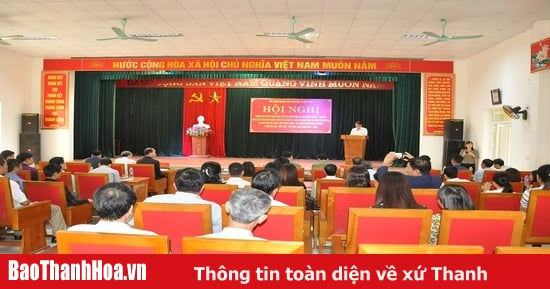


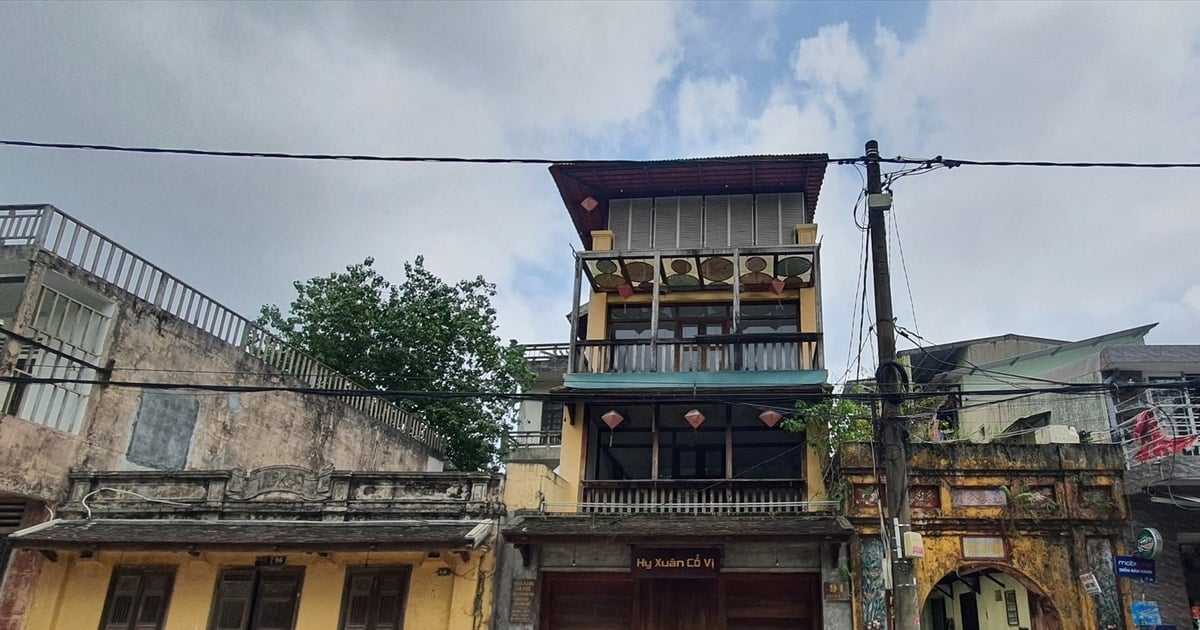




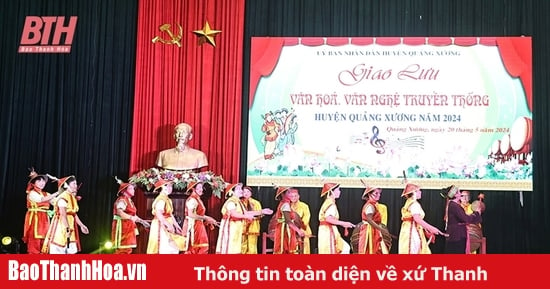

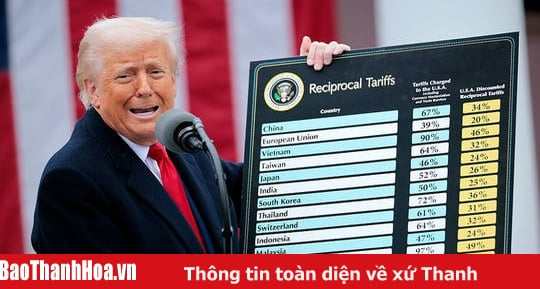
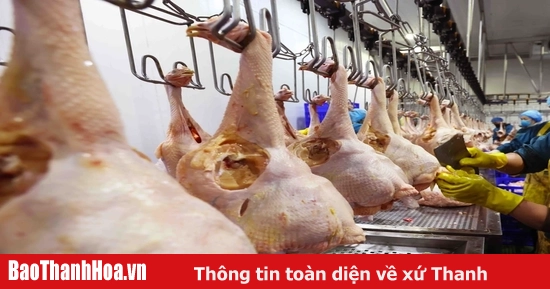


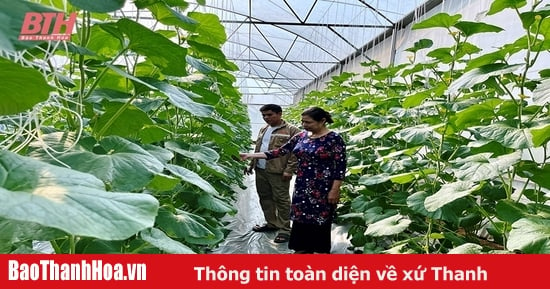



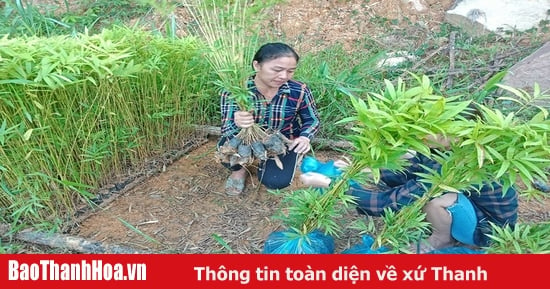
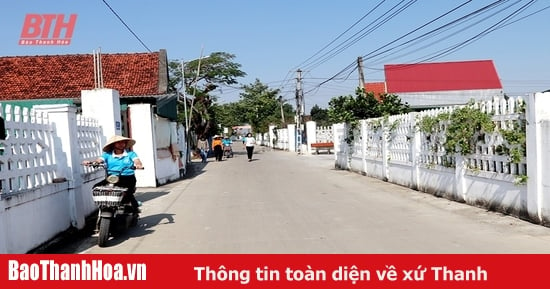



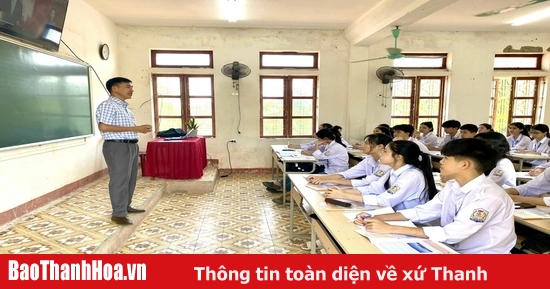













































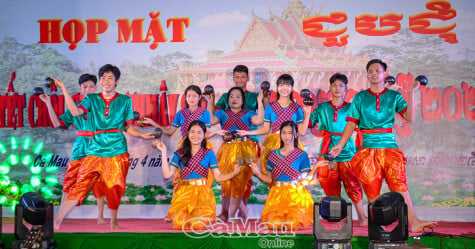



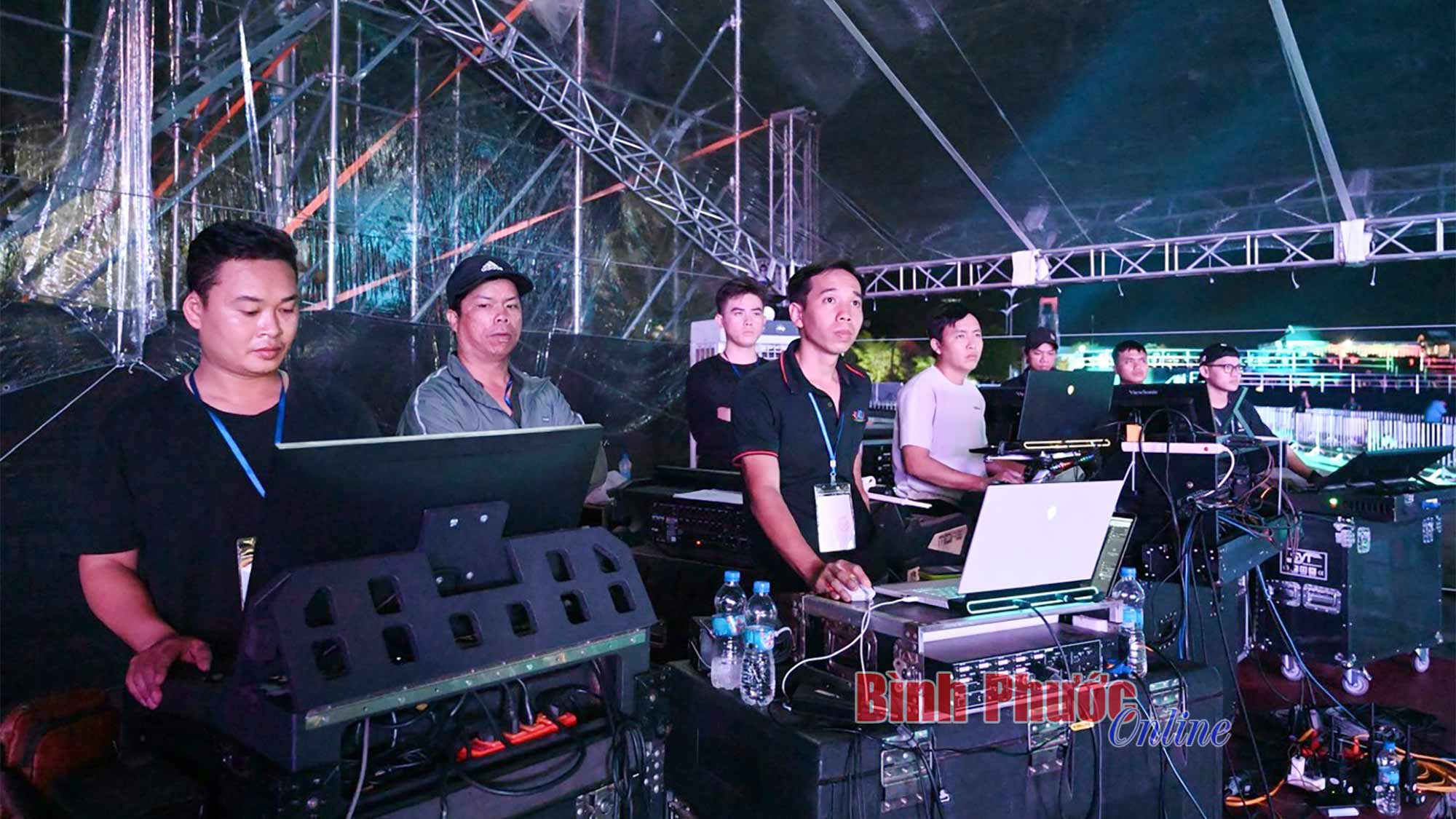

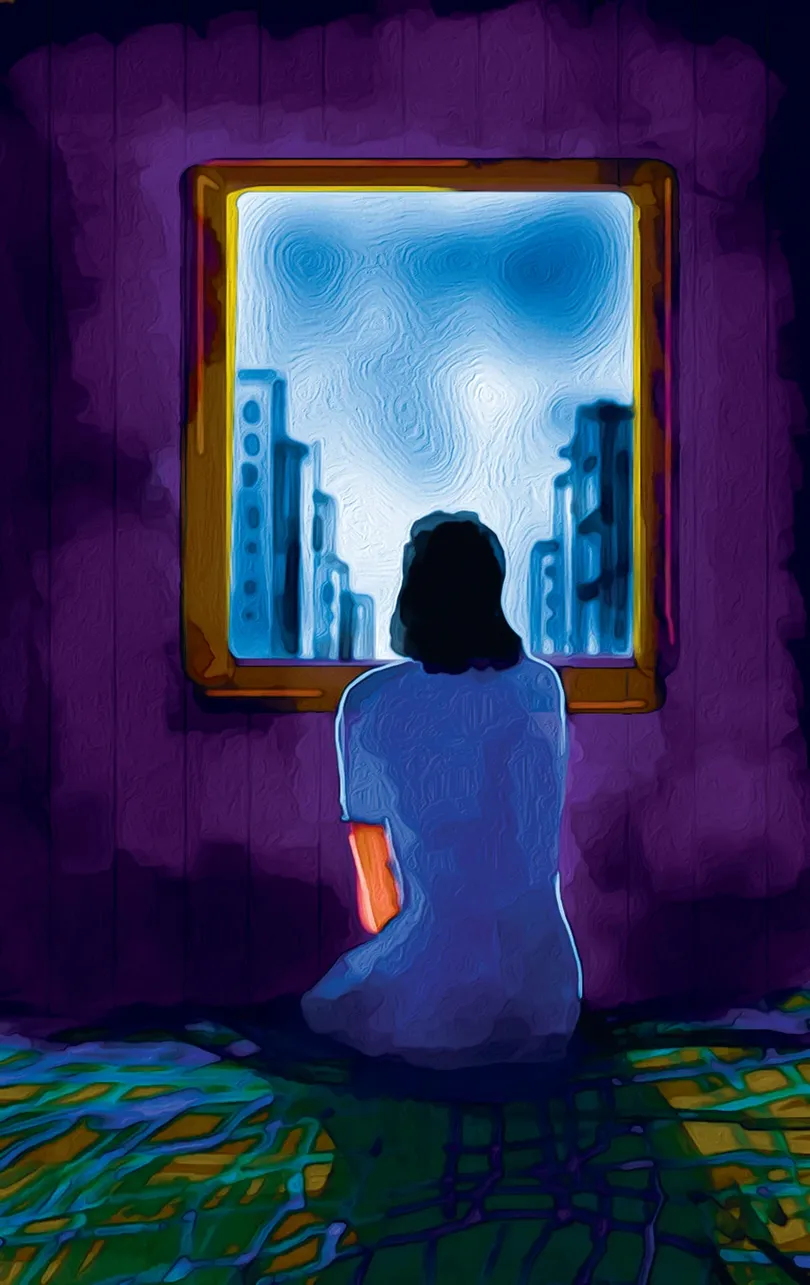











Comment (0)